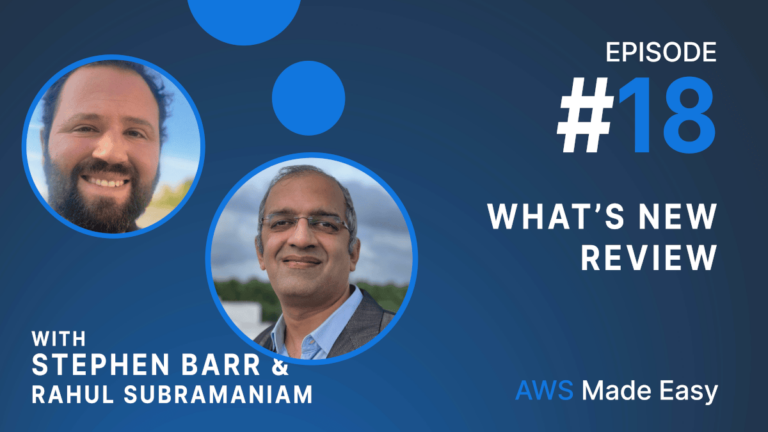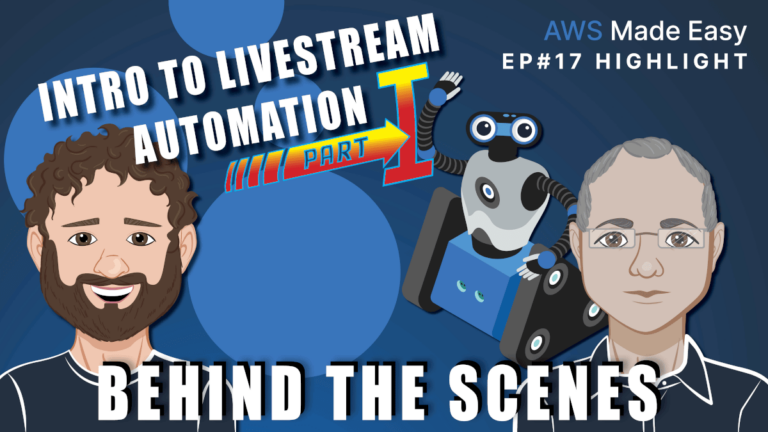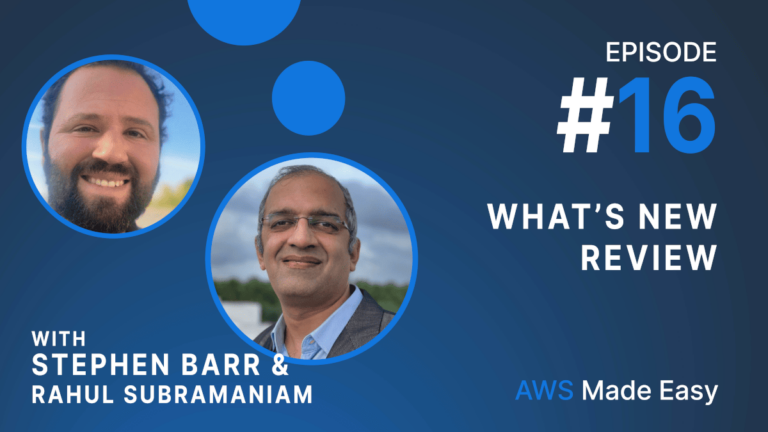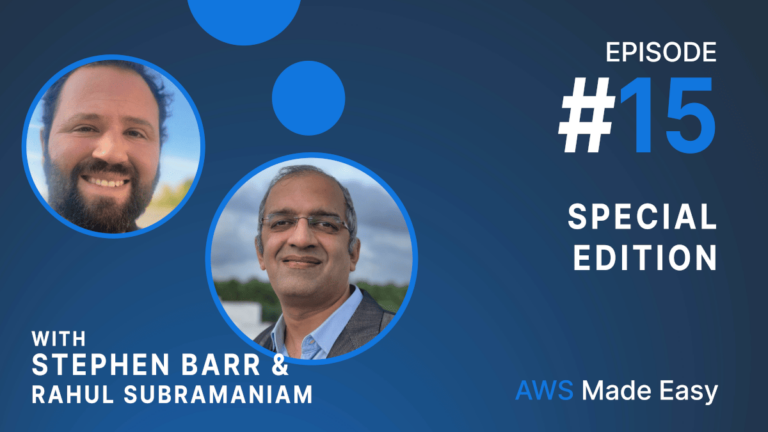AWS Snowcone in Space
In the first segment, we discuss Jeff’s recent blog post about how the AWS Snowcone team coordinated with the Axiom AX-1 Space mission to put an AWS Snowcone into space.
Jeff’s Blogpost: https://aws.amazon.com/blogs/aws/how-we-sent-an-aws-snowcone-into-orbit/
The Snow devices are edge computing devices, which can do data processing and storage in areas where accessing the cloud may not be possible, or the bandwidth requirements require a physical connection. The snow family includes:
- Snowmobile – 100 petabytes in a shipping container. This was the famous 2016 reInvent semi-truck on stage.
- Snowball – A 50lb device designed for storing and moving large amounts of data
- Snowcone – 4.5lbs
- Fun video of Jeff and Bill Vass doing the Snowcone launch
AWS has an aerospace site. See https://aws.amazon.com/government-education/aerospace-and-satellite/
AWS Prime Day
Jeff’s Blogpost: https://aws.amazon.com/blogs/aws/amazon-prime-day-2022-aws-for-the-win/
In this segment, we talked about Amazon’s annual “Prime Day”, and how AWS prepares to handle the barrage of traffic. We discussed how the different teams solve problems quickly and make sure that their individual components are built to handle the load. Jeff mentions that Amazon has an “Infrastructure Events Management” team for third parties who have large discrete uses of AWS. See: https://aws.amazon.com/premiumsupport/programs/iem/
Graviton
In this segment, we discussed the AWS Graviton processor, and other custom AWS chips such as the Nitro, Trainium, and Inferentia. See https://go.aws/3zQDeTg for a list of current Graviton announcements. We also discuss the AWS Silicon Innovation Day, which took place the next day.
See: https://pages.awscloud.com/GLBL-Silicon-Innovation-Day-2022-reg-event.html




